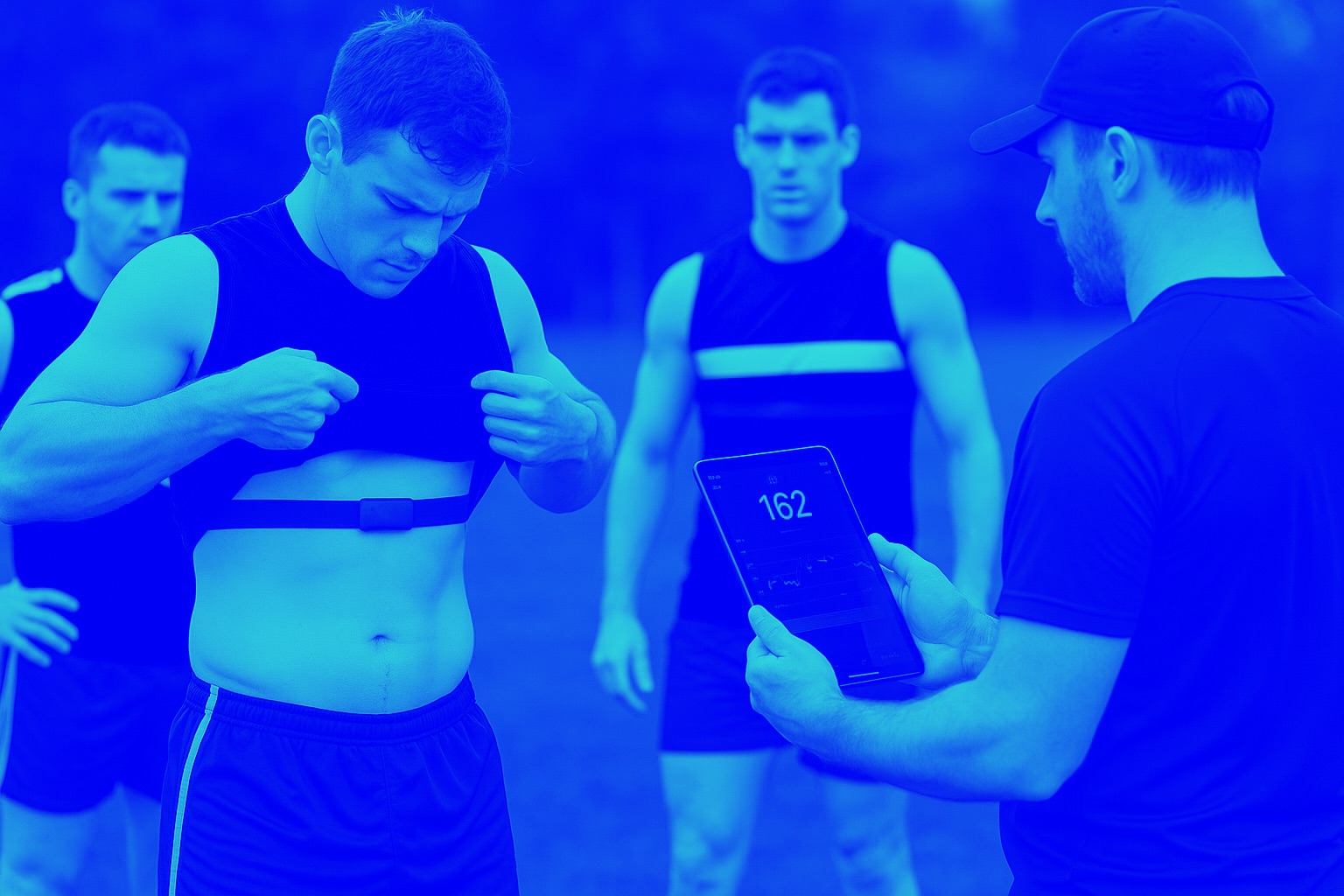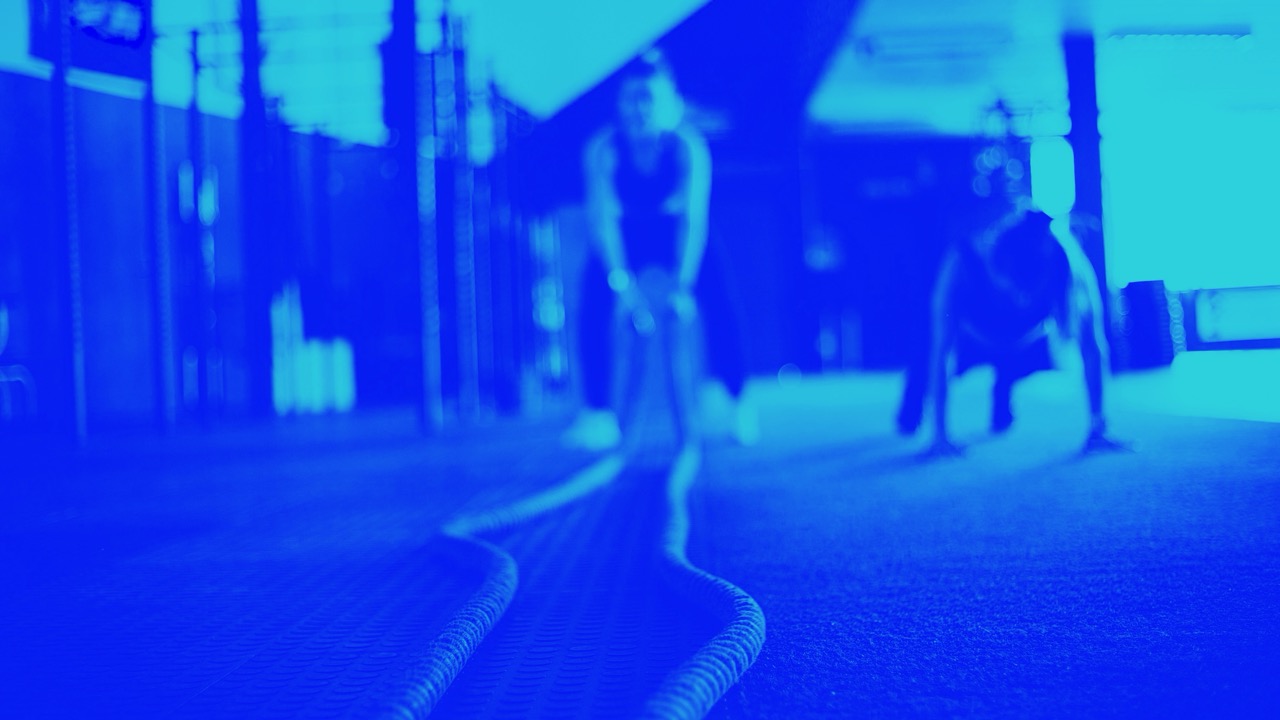Performance and physiological responses during a sprint interval training session
Performance and physiological responses during a sprint interval training session: relationships with muscle oxygenation and pulmonary oxygen uptake kinetics.
Source
Physiology Unit, Sport Science Department, ASPIRE, Academy for Sports Excellence, P.O. Box 22287, Doha, Qatar. martin.buchheit@aspire.qa
Abstract
The purpose of this study was to examine the cardiorespiratory and muscle oxygenation responses to a sprint interval training (SIT) session, and to assess their relationships with maximal pulmonary O(2) uptake [Formula: see text], on- and off- [Formula: see text] kinetics and muscle reoxygenation rate (Reoxy rate). Ten male cyclists performed two 6-min moderate-intensity exercises (≈90-95% of lactate threshold power output, Mod), followed 10 min later by a SIT session consisting of 6 × 30-s all out cycling sprints interspersed with 2 min of passive recovery. [Formula: see text] kinetics at Mod onset ([Formula: see text]) and cessation ([Formula: see text]) were calculated. Cardiorespiratory variables, blood lactate ([La](b)) and muscle oxygenation level of the vastus lateralis (tissue oxygenation index, TOI) were recorded during SIT. Percentage of the decline in power output (%Dec), time spent above 90% of [Formula: see text] (t > 90% [Formula: see text]) and Reoxy rate after each sprint were also recorded. Despite a low mean [Formula: see text] (48.0 ± 4.1% of [Formula: see text]), SIT performance was associated with high peak [Formula: see text] (90.4 ± 2.8% of [Formula: see text]), muscle deoxygenation (sprint ΔTOI = -27%) and [La](b) (15.3 ± 0.7 mmol l(-1)) levels. Muscle deoxygenation and Reoxy rate increased throughout sprint repetitions (P < 0.001 for both). Except for t > 90% [Formula: see text] versus [Formula: see text] [r = 0.68 (90% CL, 0.20; 0.90); P = 0.03], there were no significant correlations between any index of aerobic function and either SIT performance or physiological responses [e.g., %Dec vs. [Formula: see text]: r = -0.41 (-0.78; 0.18); P = 0.24]. Present results show that SIT elicits a greater muscle O(2) extraction with successive sprint repetitions, despite the decrease in external power production (%Dec = 21%). Further, our findings obtained in a small and homogenous group indicate that performance and physiological responses to SIT are only slightly influenced by aerobic fitness level in this population.



